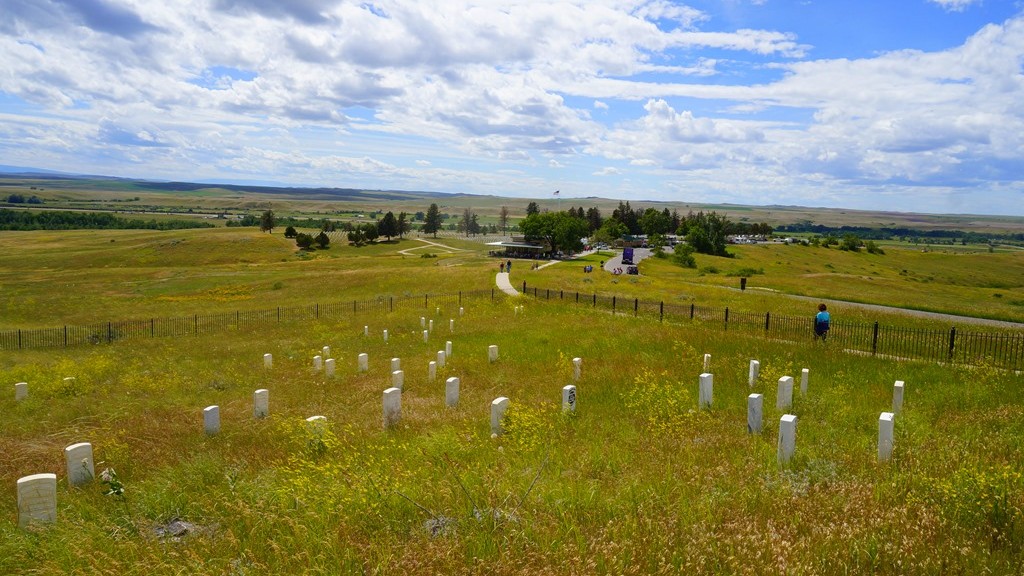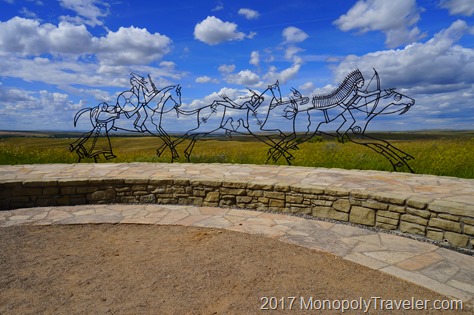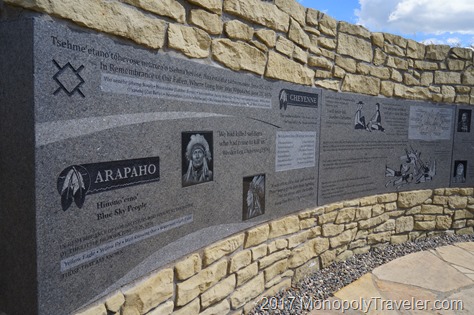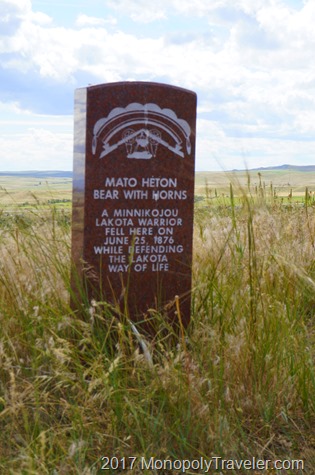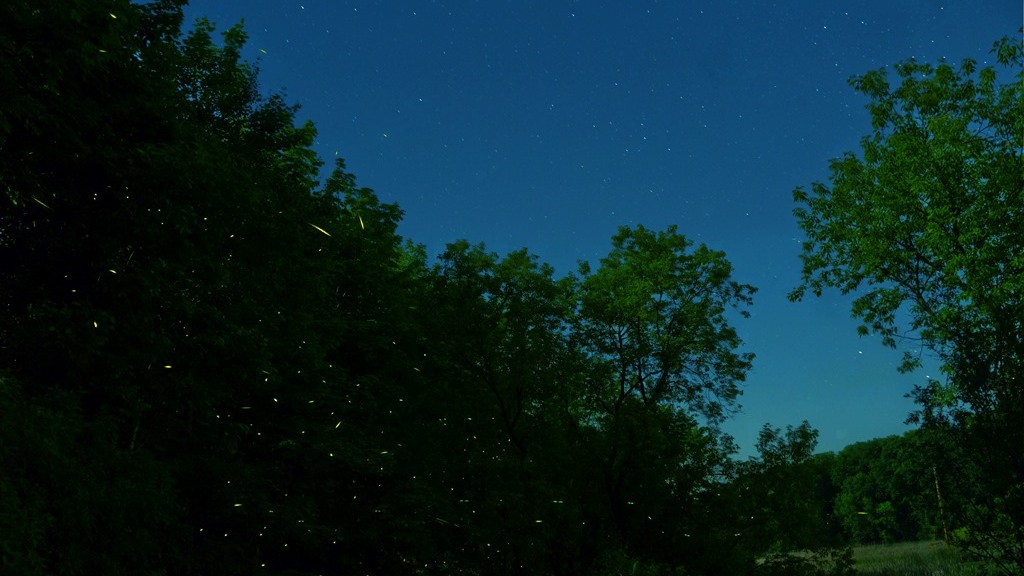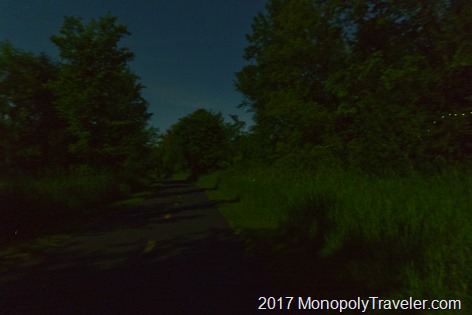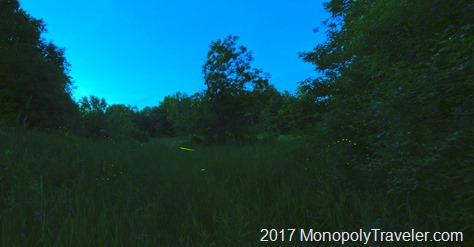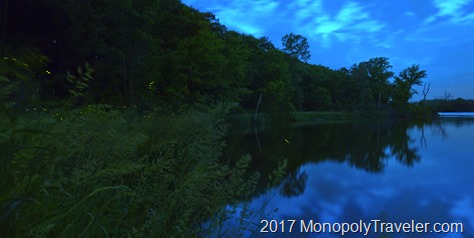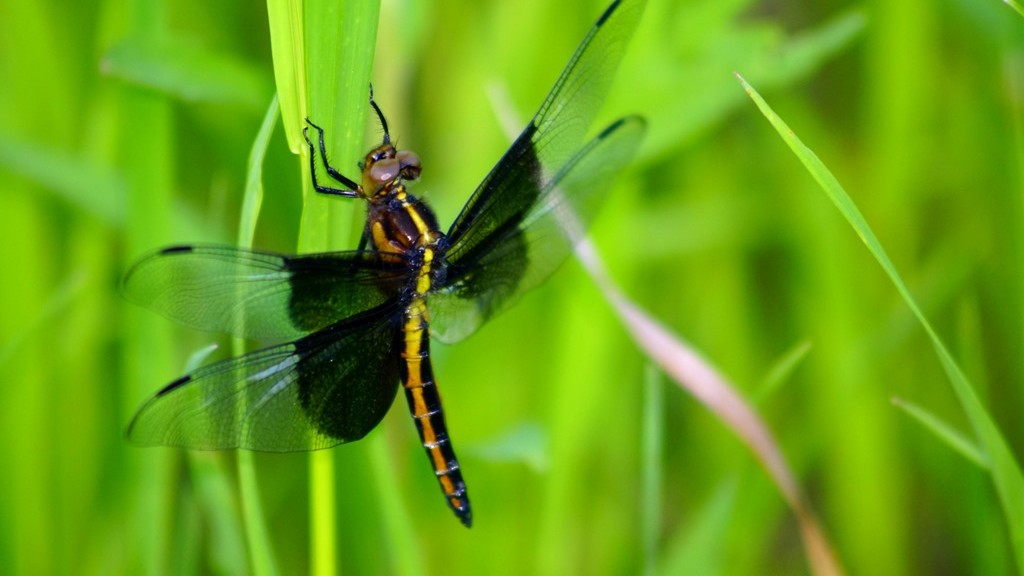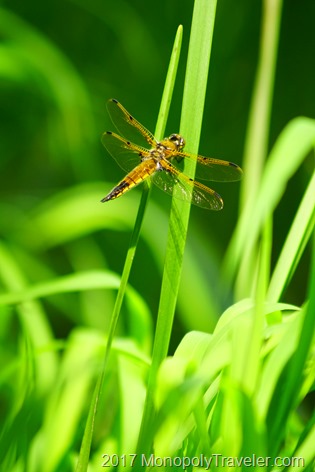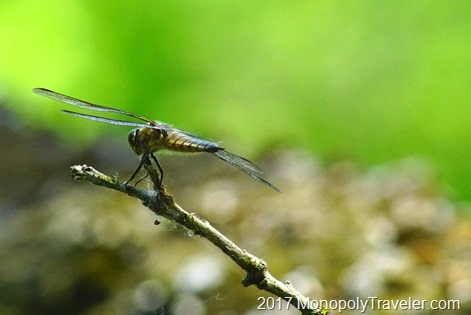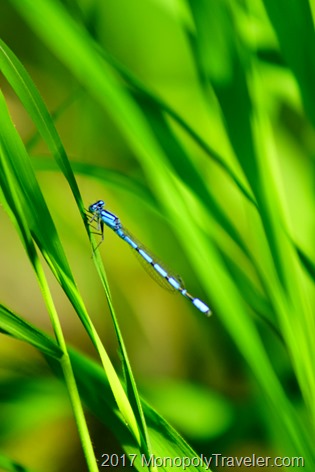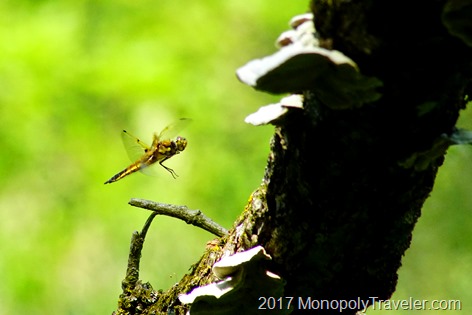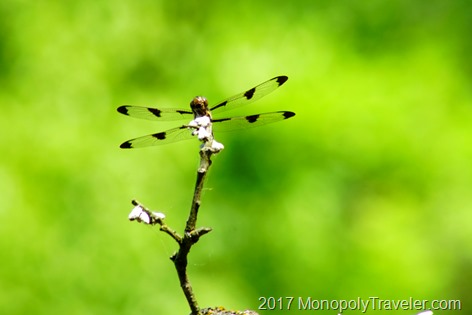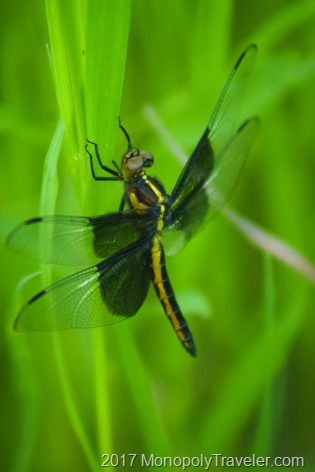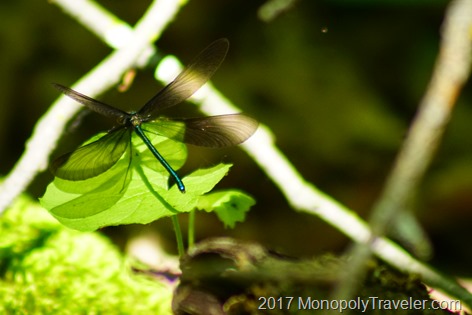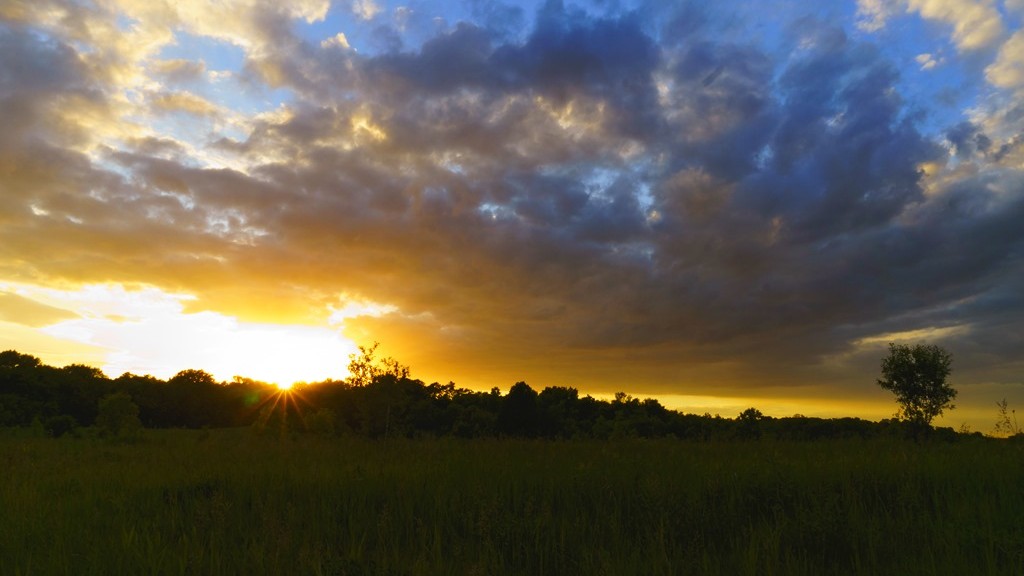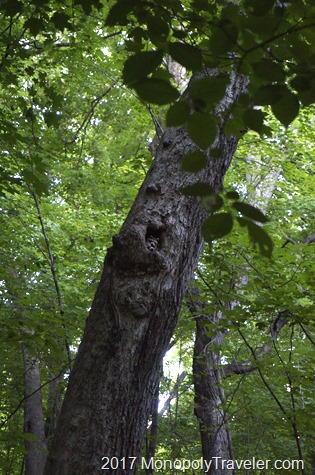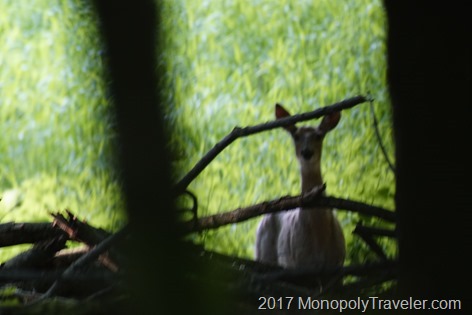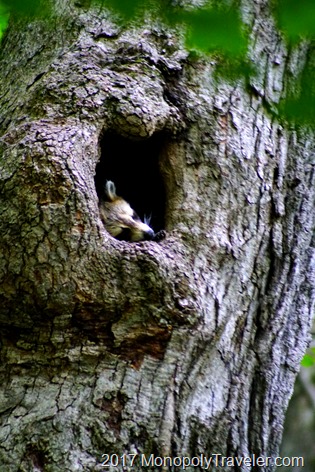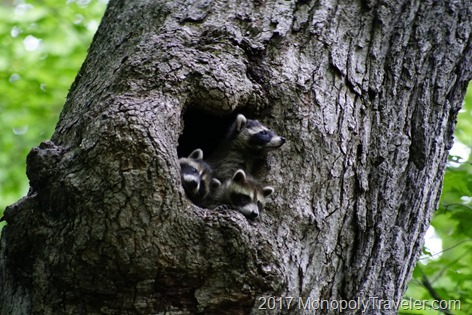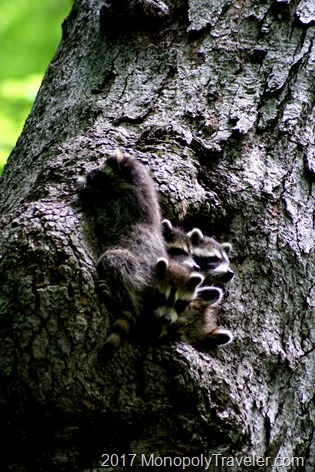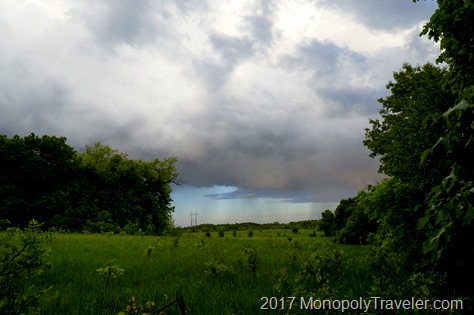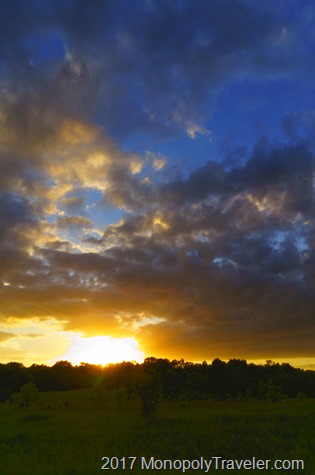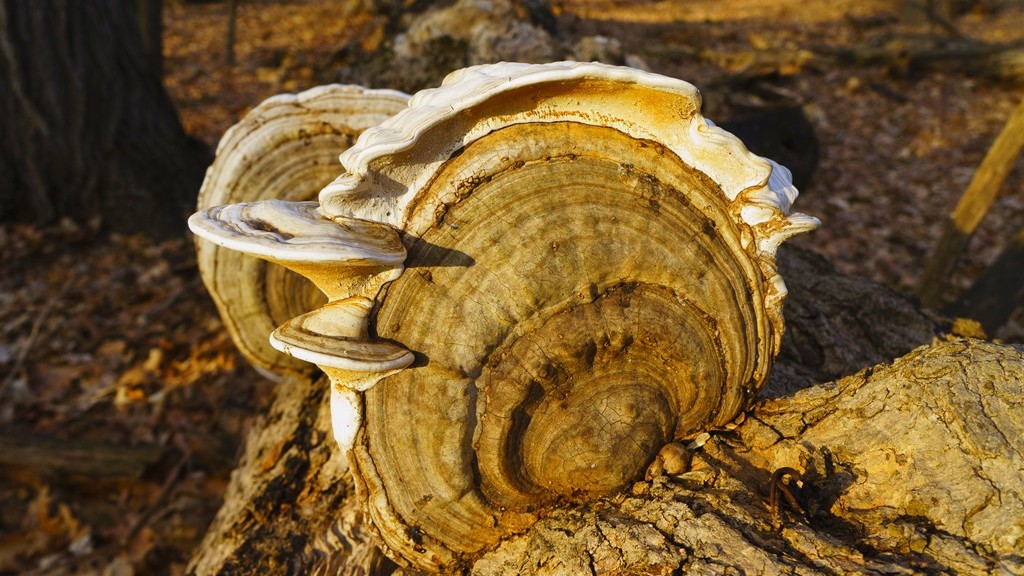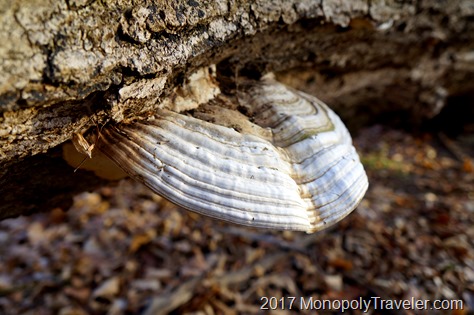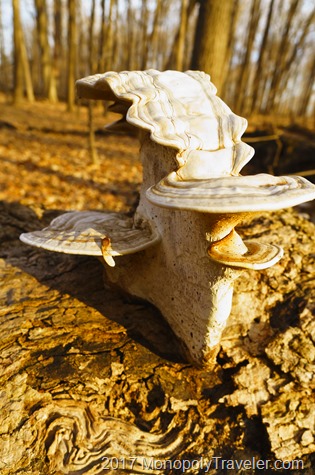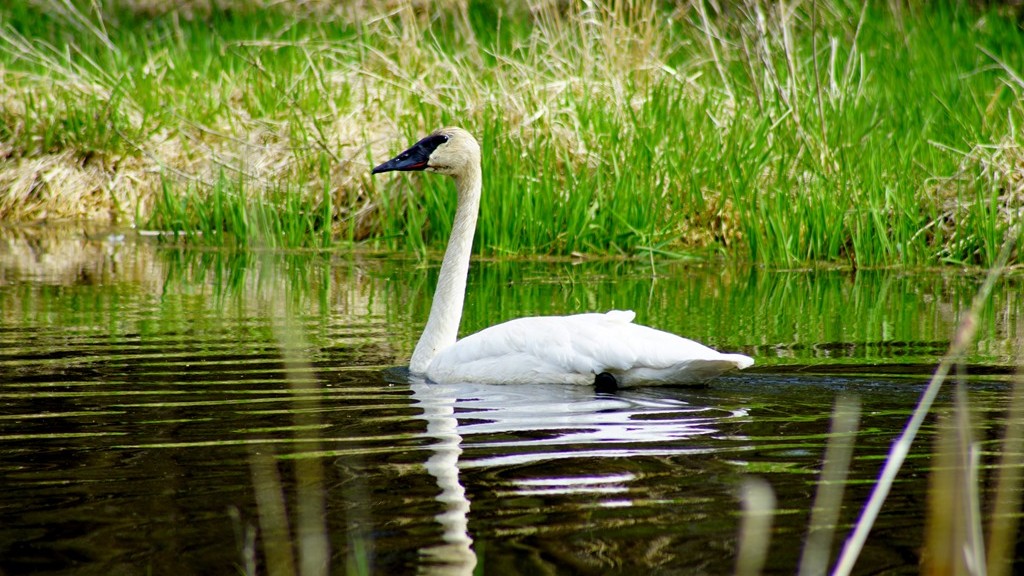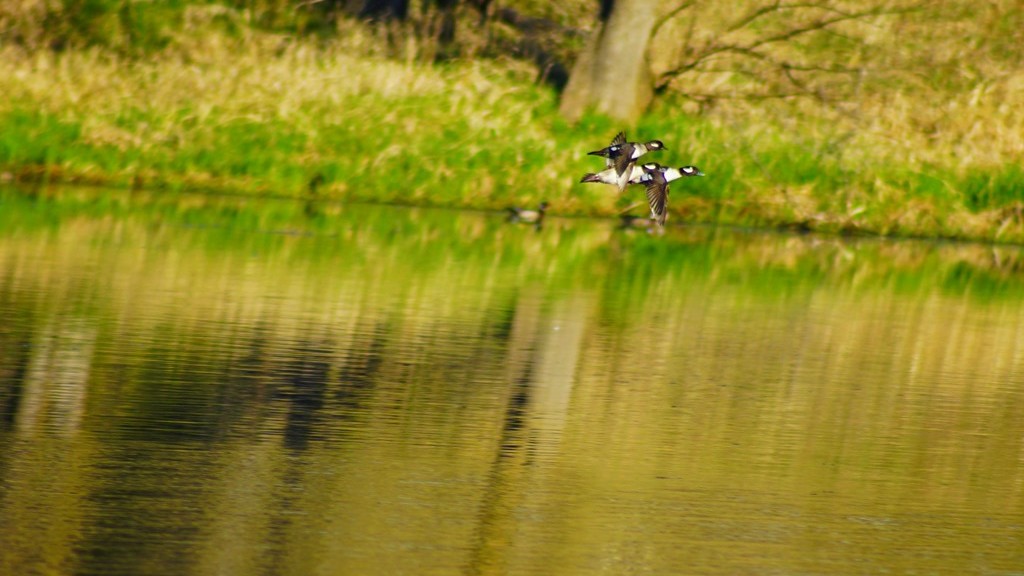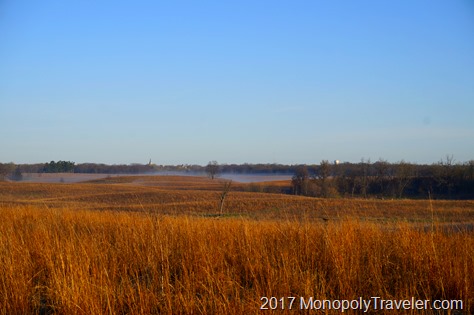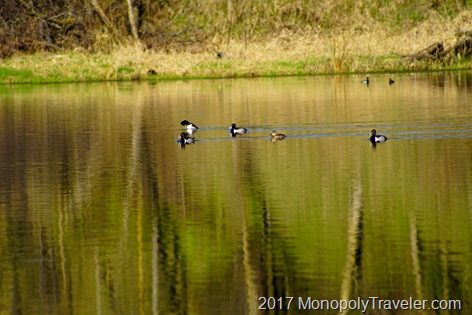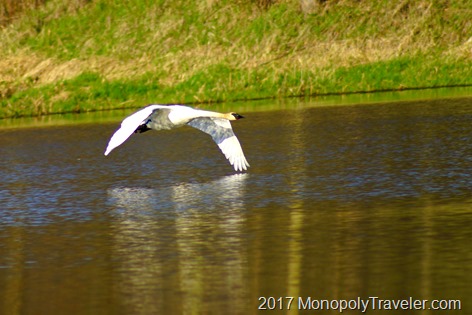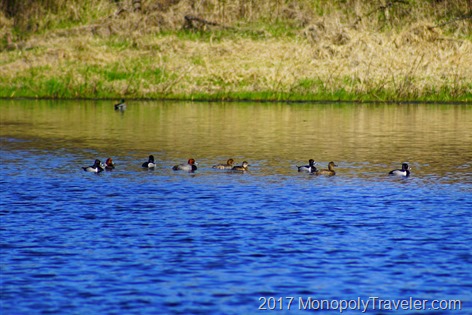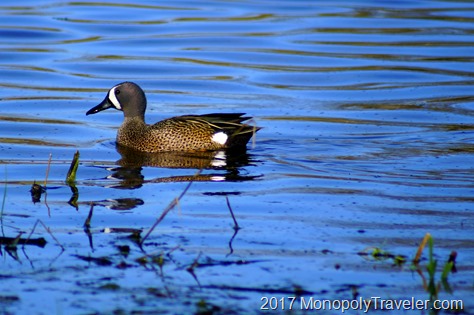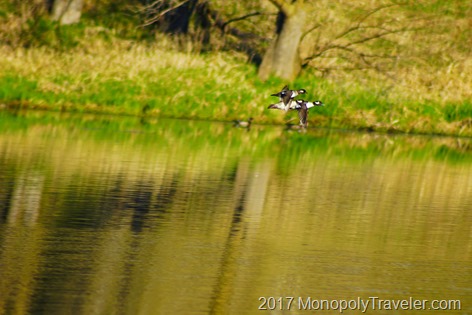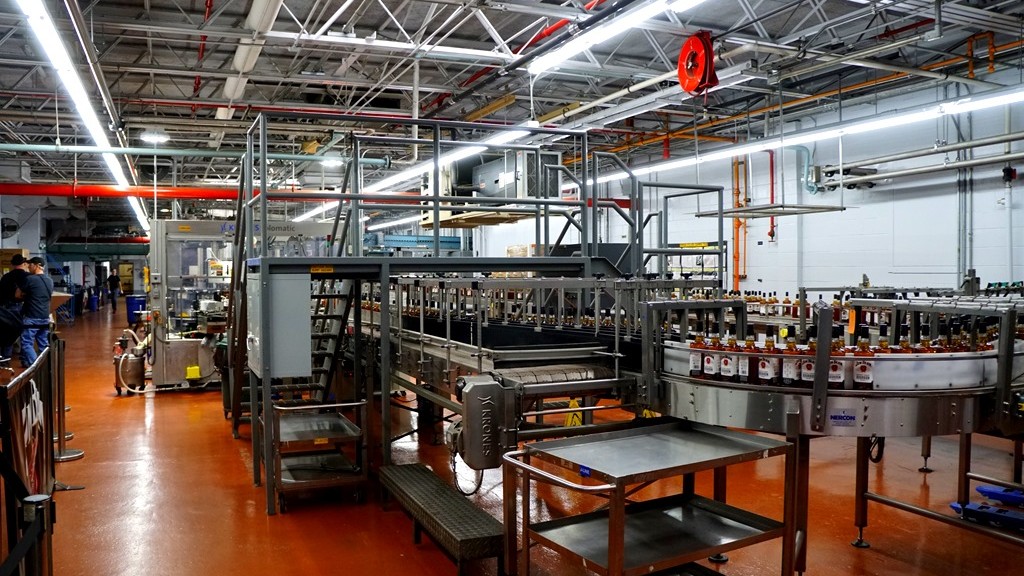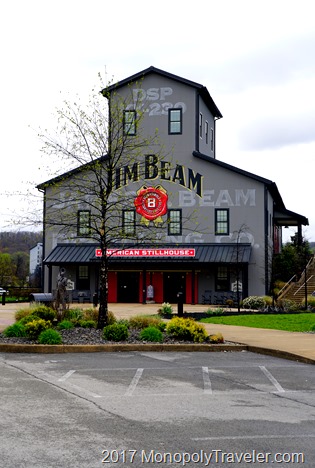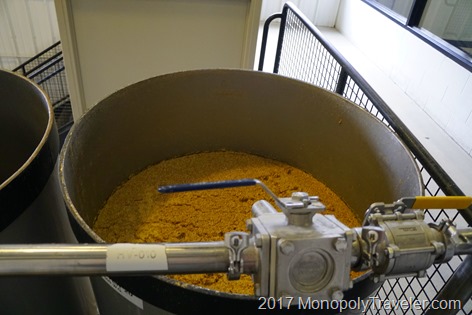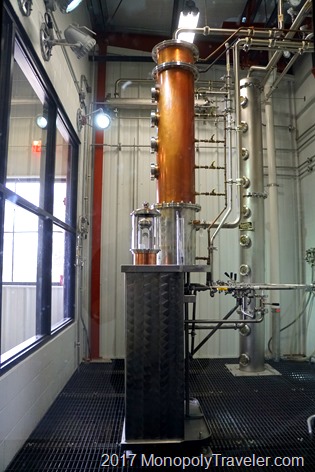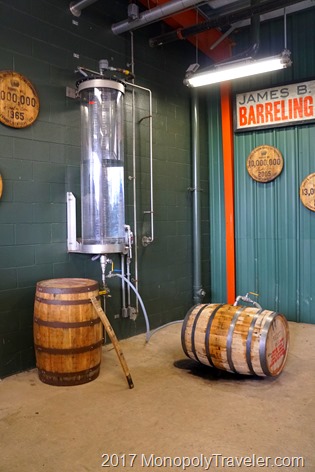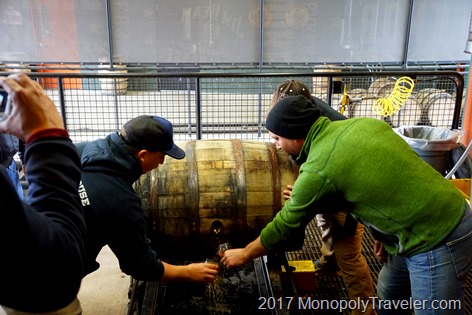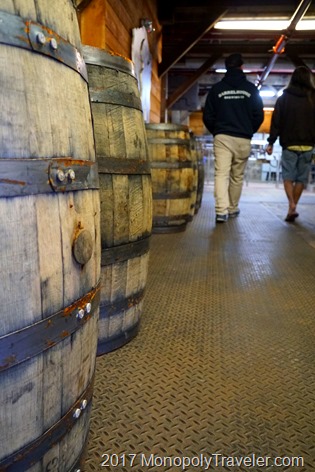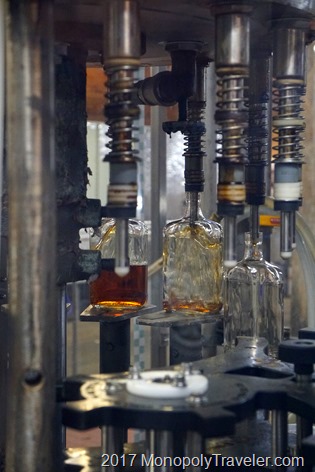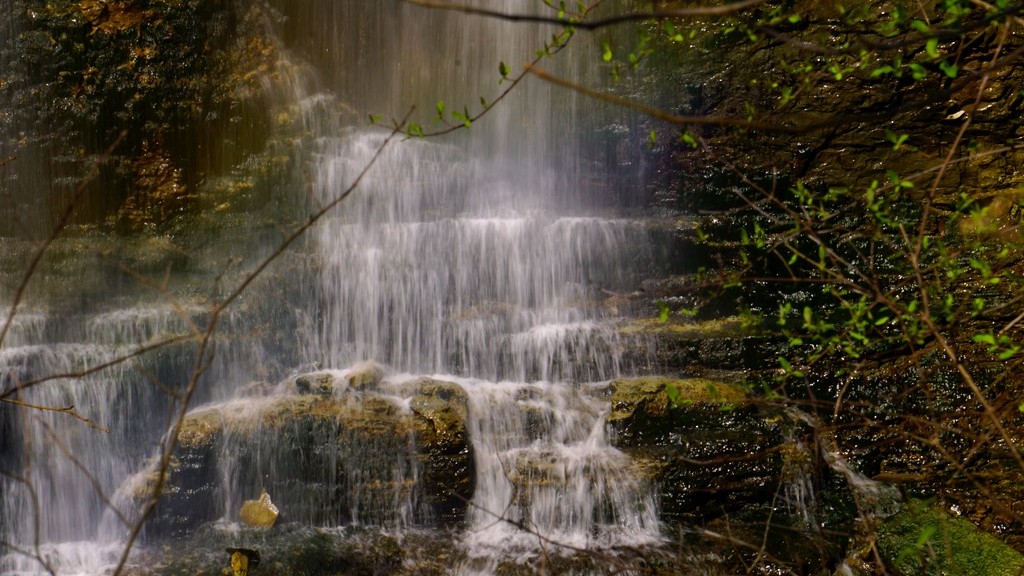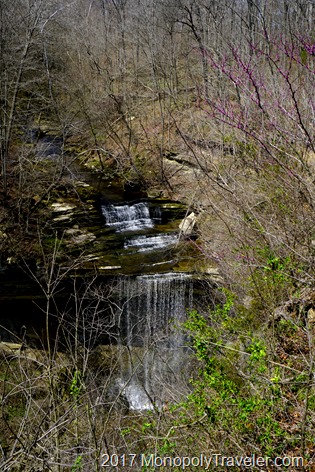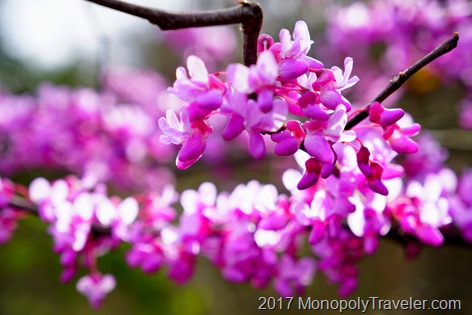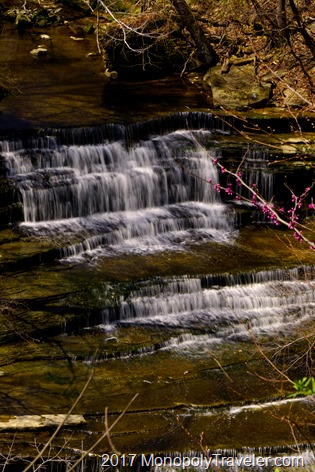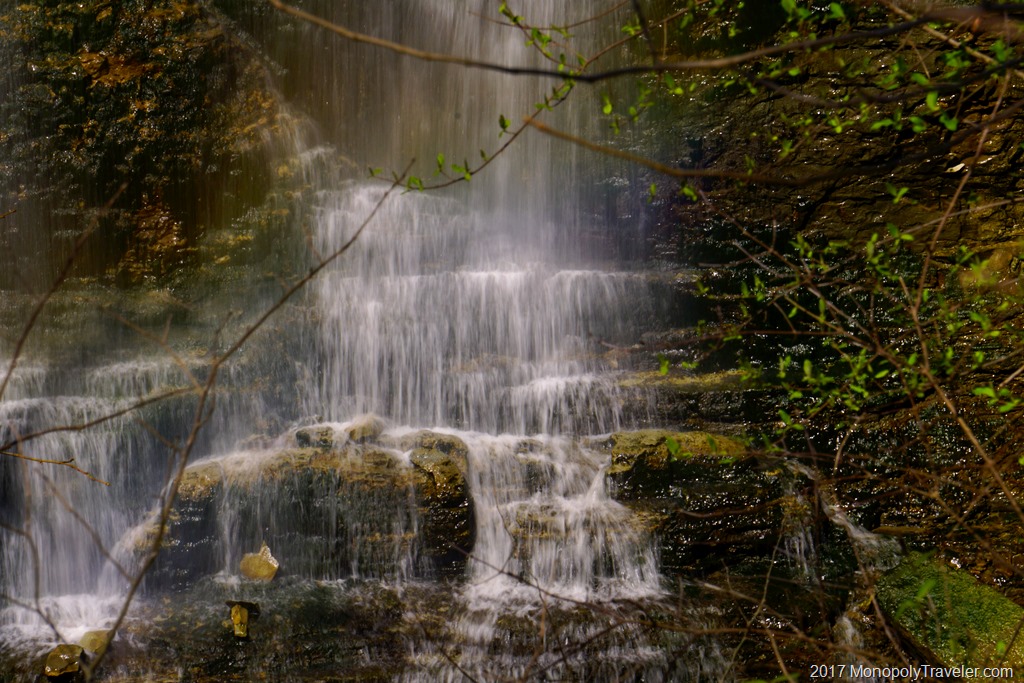Actually it’s both because this National Monument is located next to the Little Bighorn River which flows into the Bighorn River which hopefully makes more sense. This was one of the few remaining destinations on our National Parks Monopoly board which we visited recently. This is an interesting but solemn place memorializing a battle between Lt. Col. Custer with his Calvary and 5 different Indian tribes taking place over June 25th and 26th, 1876 as well as the location of Custer National Cemetery.
This battle was won by many different Indian tribes working together led by Sitting Bull and Crazy Horse to defeat the U.S. Army’s 7th Cavalry in a final victory before being forced onto reservations a few short years later. Photos above and below show a beautiful memorial to this battlefield where Indian tribes came together at this location for one cause – preserving and remembering their way of life. It’s sad and unfortunate that this battle had to take place due to the greed of those further east over control of the land and it’s resources, but if it hadn’t happened in 1876, I’m quite certain it would have happened at some point in a desire to possess land by those with wealth and power.
Little Bighorn is a popular National Monument with more people entering hear than I’ve seen at other National Monuments of this size.When asking about this popularity, as this was not the only battle between the U.S. Army and Indians, the response was increased attention due to the high profile people involved such as Custer, Sitting Bull, and Crazy Horse along with this is the only battle that has markers in the exact location where each person died during the battle. Additionally it is a National Cemetery so there are visitors seeking out those buried there.
After this battle was over, those who survived buried those who died where they were found a placed markers so each persons location which is unique. These people have since been moved to different burial locations but the markers have remained and been replaced with the inscribed stones seen in the photo above and below. Red are for Indians and white for U.S. Calvary. There are far more white markers throughout the park than red ones reinforcing how one sided this battle actually was. This gives historians and visitors a more detailed map of what took place on this battlefield over two days.

